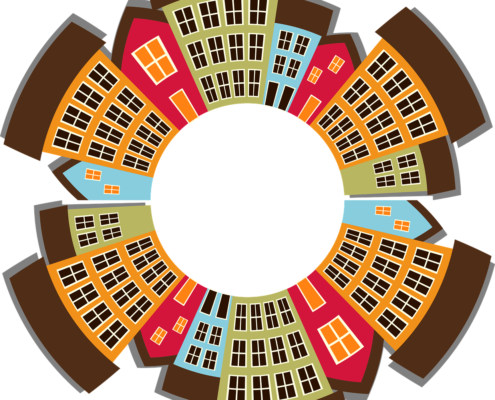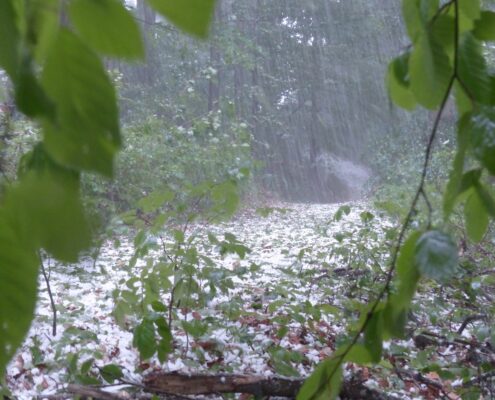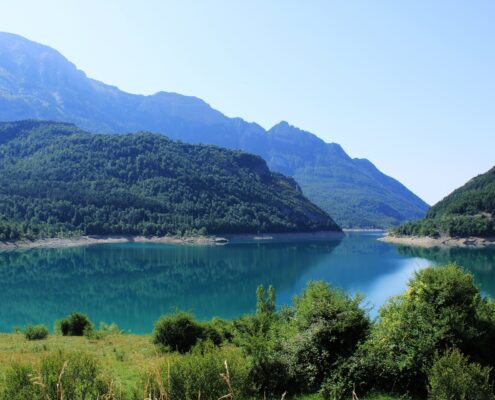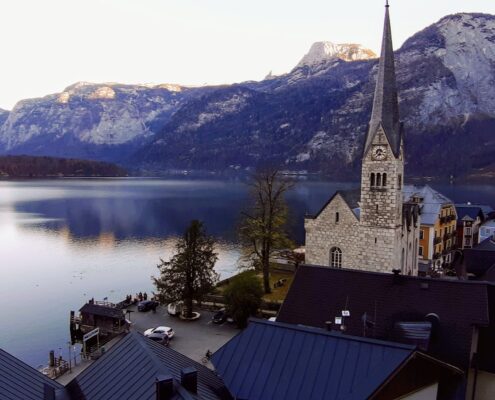 https://greenmarked.it/wp-content/uploads/2024/05/ETV_100VP.jpg
1890
1890
Barbara Centis
https://greenmarked.it/wp-content/uploads/2022/01/LOGO-GREENMARKED-SITO-600x600.png
Barbara Centis2024-05-06 21:55:392024-05-06 23:08:15A Virtuous Example of Combining Tourism and Land Conservation: The Case of Val Poschiavo (Switzerland)
https://greenmarked.it/wp-content/uploads/2024/05/ETV_100VP.jpg
1890
1890
Barbara Centis
https://greenmarked.it/wp-content/uploads/2022/01/LOGO-GREENMARKED-SITO-600x600.png
Barbara Centis2024-05-06 21:55:392024-05-06 23:08:15A Virtuous Example of Combining Tourism and Land Conservation: The Case of Val Poschiavo (Switzerland)November 10, 2022
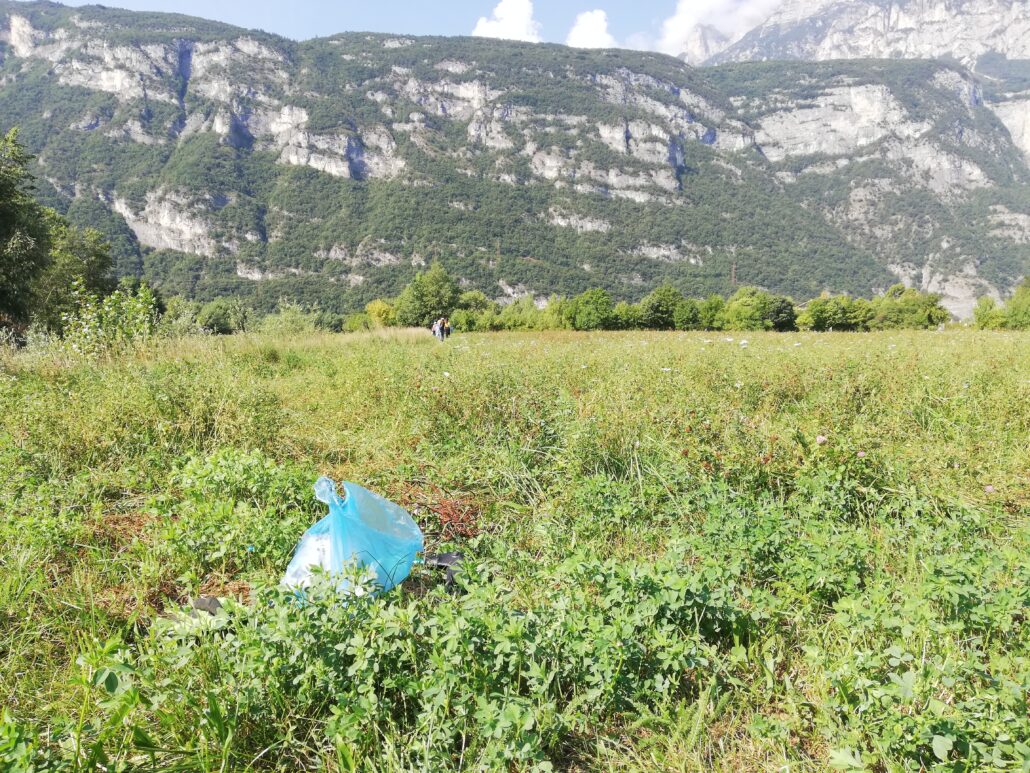
Thirty percent of Trentino’s land is under environmental protection. Over the years, these areas have accumulated good experience in tourism, especially with regard to local governance, products, seasonality and synergies with agriculture. Much of this is thanks to the positive experience of the three nature Parks (Stelvio National Park and Adamello Brenta and Paneveggio – Pale di San Martino Nature Parks). Added to this, is the possibility for municipalities and local authorities to create conservation networks (“Reti di Riserva”) in their territory. Introduced by Provincial Law No. 11 of May 23, 2007, these networks are a new management tool for small areas of natural and cultural interest [1]. To date, there are eleven Reti di Riserva, under the management of sixty municipalities and six supra-municipal valley communities (“Comunità di Valle”), which add to the three Parks. Overall, 89 municipalities and 12 Comunità di Valle are included in Trentino’s protected areas [2].
The road to this ambitious result started about a decade ago. In 2013, there were six Reti di Riserva that had been established thanks to funds from the Rural Development Plan and the European LIFE Project “Trentino Ecological Network.” At the time, Trentino Marketing, the provincial tourism promotion company, started a project aimed at upgrading sustainable development (project “TurNat- Turismo Natura”) through on a participatory approach. The project proposed the establishment and promotion of a sustainable tourism offer by enhancing the protected areas network and the uniqueness of their natural and cultural heritage, while integrating tourism, agriculture and biodiversity protection.
The project followed two main strategies. The first was to enhance existing organizational and economic resources through a systematic collaboration between several stakeholders holding experience and expertise in the area. The second was to consider protected areas as places and communities called upon to strengthen local knowledge and know-hows within a globalized market so that a culture of sustainability could spread in Trentino.
A further step forward is the acquisition of the European Certification for Sustainable Development. Established in 1991 by the Europarc Federation – which brings together more than 400 protected areas – the certification is a participatory governance method to consolidate protected area collaborations whit tourism. It represents a process certification and boosts the sustainable tourism offer [3]. The goal is to meet the needs of those tourist flows with a strong environmental awareness. Those interested in discovering the uniqueness and specificity of the natural and cultural biodiversity of Trentino.
The Adamello Brenta Nature Park obtained the certification in 2006 (later revalidated in 2012) as one of the first bodies in Italy. The Park plan had also foreseen projects aimed at promoting the dissemination of environmental management models for accommodation facilities (e.g., th “Qualità Parco” environmental label), actions to promote sustainable mobility and environmental education proposals. The Paneveggio – Pale di San Martino National Park also obtained the certification in 2015 thanks to a plan of 32 project sheets and goals that outlined the path for a sustainable territorial development.
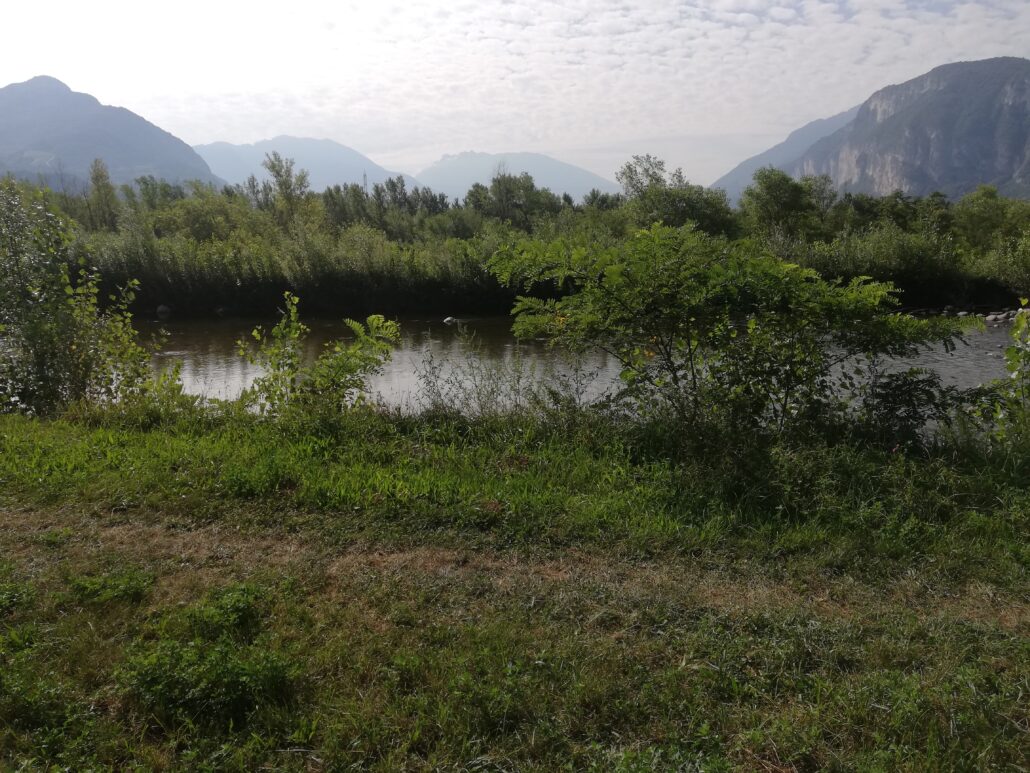
Fig. 1: The Biotopo delle Foci dell’Avisio Natura 2000 site was established at the Avisio stream mouth, right where the stream flows into the Adige river (Author: Mark L. Miller. Lavis, Trento, September 2021).
After numerous round tables involving the main local socio-economic bodies and stakeholders, also the Reti di Riserva joined the European Certification for Sustainable Development by introducing 232 local actions. Below are some of the planned actions:
– Monte Baldo Local Nature Park. Together with the Rovereto-Vallagarina Tourism Agency (“Azienda di Promozione Turistica”), the Park has planned a seasonal calendar with different food and wine tourism experience offers.
– Monte Bondone Conservation Network. A strong collaboration with Trento Film Festival will promote the Riserva to the Festival guests during the days of the event.
– Alta Val di Cembra-Avisio Conservation Network. New marked itineraries will unite all existing local initiatives and connect local farms.
– Alpi Ledrensi Conservation Network. Thanks to a collaboration with the MUSE natural sciences museum, local charcoal supply chain will be recovered.
Looking at the significant amount of attention and work that local administrations have put to preserve and foster natural resources, the future looks bright for Trentino’s protected areas and sustainable tourism development.
Related articles:
References:
[1] Provincia Autonoma di Trento (2022, October 28). Aree Protette del Trentino. Retrieved November 9, from http://www.areeprotette.provincia.tn.it/reti_di_riserve_sezione/
[2] Provincia Autonoma di Trento (2022, October 28). Incentivi e progetti. Retrieved November 9, from http://www.areeprotette.provincia.tn.it/incentivi_progetti/-TURNAT/
[3] Federparchi (2022, October 28). CETS, la carta Europea del turismo sostenibile. Retrieved November 9, from http://www.federparchi.it/pagina.php?id=27
Cover video: The Biotopo delle Foci di Lavis Natura 2000 site is one of the rare and crucial protected areas in the intensely developed Adige Valley, Trentino (Author: Mark L. Miller. Lavis, Trento. September 2022).
Preview image: The Biotopo delle Foci dell’Avisio Natura 2000 site was established at the Avisio stream mouth, right where the stream flows into the Adige river (Author: Mark L. Miller. Lavis, Trento, September 2021).




